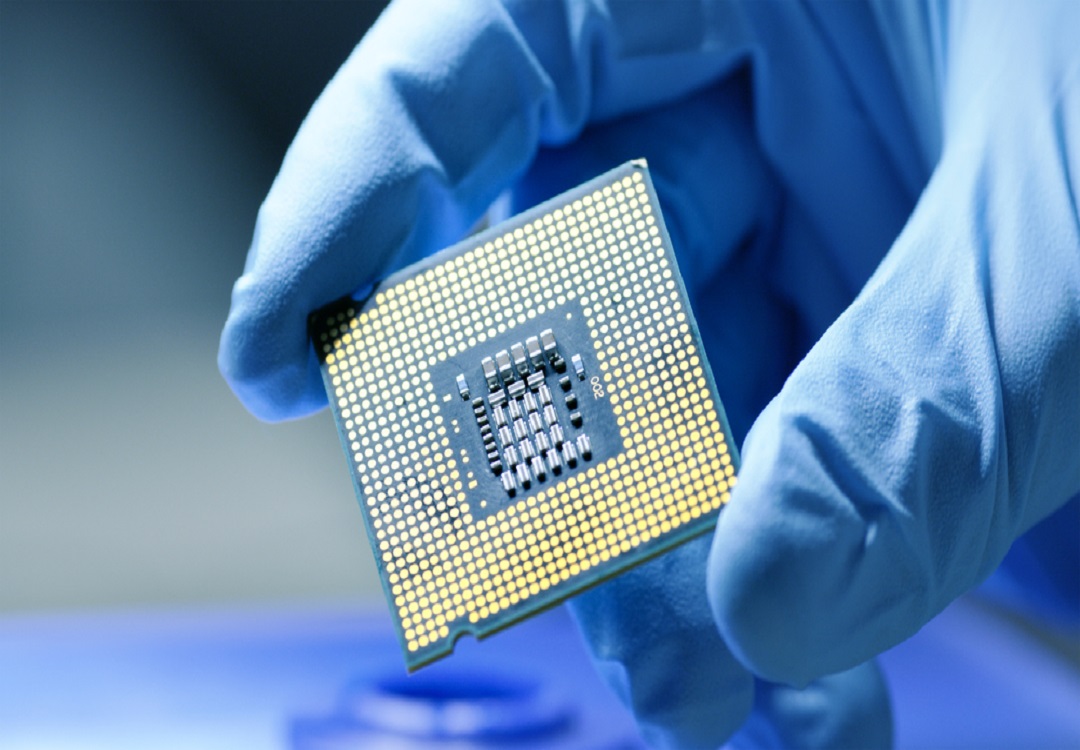Semiconductor manufacturing will boost India's technological capabilities

India is going to become a semiconductor manufacturing hub, attracting major global semiconductor companies to set up manufacturing facilities in the country. This move is expected to boost India's technological capabilities and create numerous job opportunities for its skilled workforce. Additionally, the government's focus on promoting research and development in the semiconductor industry will further strengthen India's position as a key player in the global semiconductor market.
Semiconductors, sometimes known as chips, are essential to the modern economy and society as we become more and more reliant on technology. These tiny chips enable a wide range of uses, from driving our cars to powering our devices and communication systems.
The semiconductor industry, which began in the United States in the 1950s, has developed into a highly effective but surprisingly intricate, scattered, and genuinely global supply chain. And specialization has organically grown at every extremely complex and crucial stage of the production process.
It has been determined that the most economical method of producing the chips involves an intricate supply chain. Complexity like this was minor to nonexistent if every step went according to plan. However, many factories were forced to close during the pandemic due to the COVID-19 outbreak, which caused widespread disruption. The escalating hostilities between the United States and China have also highlighted several pressure points in the supply chain, which has concerned some political circles, particularly those in India.
A McKinsey report claims that the semiconductor markets have grown significantly as a result of the rise in digital technology's influence, with sales expected to reach approximately $600 billion in 2021, a growth of more than 20%. Based on multiple macroeconomic hypotheses, the analysis indicates that the global semiconductor market will increase at an average annual rate of between 6% and 8% through 2030, which will set the stage for a decade of expansion. By that time, the market is predicted to be worth trillions of dollars.
But because these small but powerful components are so important, nations all around the world are always vying to become leaders in the semiconductor industry. The United States, China, Taiwan, South Korea, and Japan have long dominated the industry, but there is a growing realization that diversifying the production and supply chain of semiconductors is important. As a result, businesses and governments are pushing for favorable conditions for semiconductor manufacturing, and India is no exception.
Invest India estimated the domestic semiconductor market to be worth about $23.2 billion. It is expected to expand at a compound annual growth rate (CAGR) of 17% to reach $80.3 billion by 2028. Important government programs, including the Chips to Startup (C2S) program, the Production-Linked Incentive (PLI) scheme for the electronics industry, the Design-Linked Incentive (DLI) scheme, and the Scheme for Promotion of Electronic Components and Semiconductors (SPECS), among others, are anticipated to play a major role in driving this growth.
The talent gap is one of the biggest issues the industry is currently confronting on a global scale. According to Deloitte research, the semiconductor sector would require over a million skilled people by 2030, or more than 100,000 per year on average. With 1.4 billion people and a strong technical community, India now can close the talent gap that still exists in the sector. However, as India moves closer to becoming a global center for semiconductors, it is important to draw attention to the fact that Indian universities currently lack the cutting-edge infrastructure necessary to conduct research related to semiconductors. This, in turn, is deterring many students from pursuing careers in the industry. The government has taken steps to close this gap, but more work needs to be done to develop a highly skilled labor force that can support the expansion of the semiconductor industry.
With the surge in the semiconductor industry in India, it will encourage international investment and the development of new technologies. Some of the factors driving the growth of the semiconductor IP (intellectual property) market. The semiconductor intellectual property market is anticipated to increase at a compound annual growth rate (CAGR) of 3.8% between 2023 and 2029, from USD 3980.8 million in 2022 to USD 5340.5 million in 2029, according to Valuates' most recent analysis. One of the best IP and innovation consulting companies in India, Einfolge Technologies helps companies safeguard and profit from their intellectual property by offering a comprehensive range of patent and market research services. Einfolge has a team of highly qualified individuals with a wealth of experience in semiconductor technologies. With national-stage patent applications and international patent prosecution services, Einfolge provides thorough research and strategic insights to guarantee optimal value from intellectual property assets and safeguard IP rights related to semiconductors. In addition, Einfolge’ s market research services help clients identify potential competitors and market trends, enabling them to make informed business decisions. By combining their expertise in semiconductor technologies with their extensive knowledge of patent and market research, Einfolge ensures that clients can effectively protect and monetize their intellectual property assets in the highly competitive semiconductor industry.